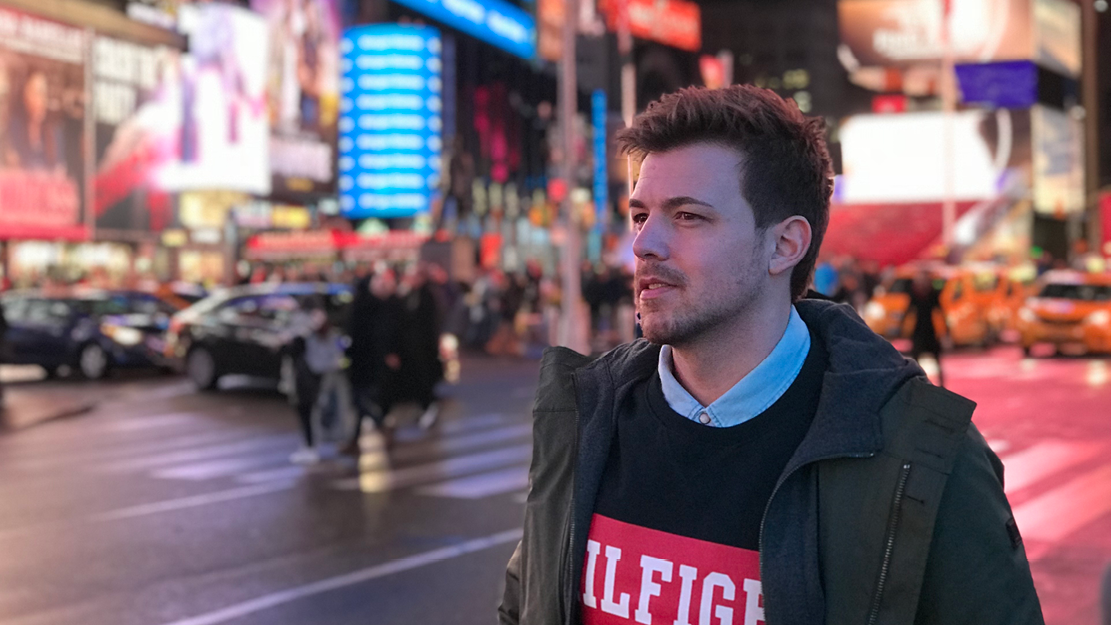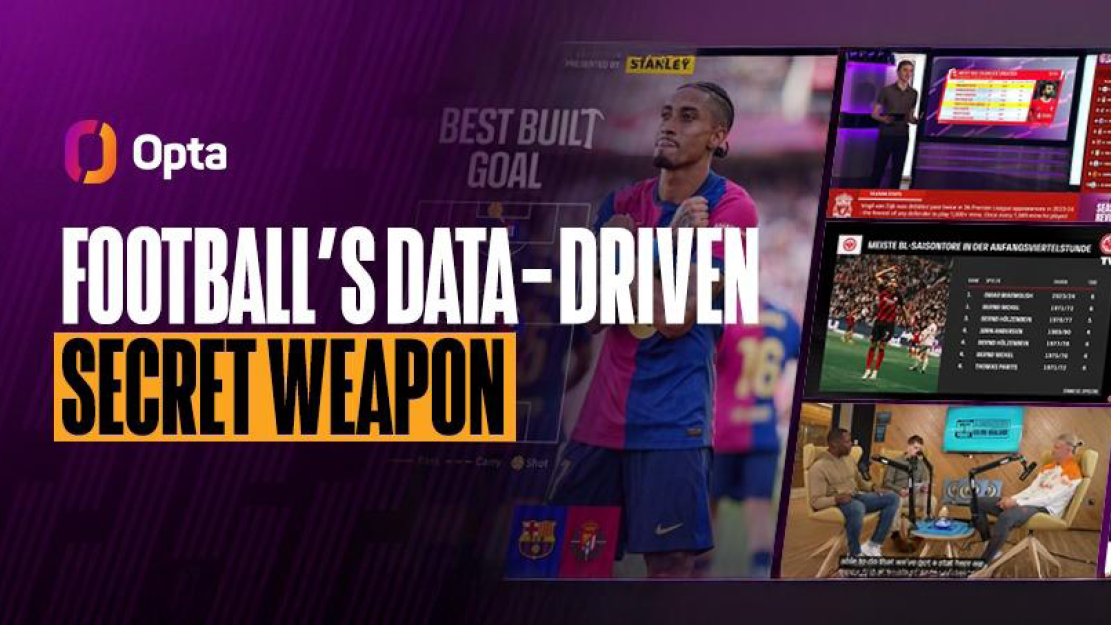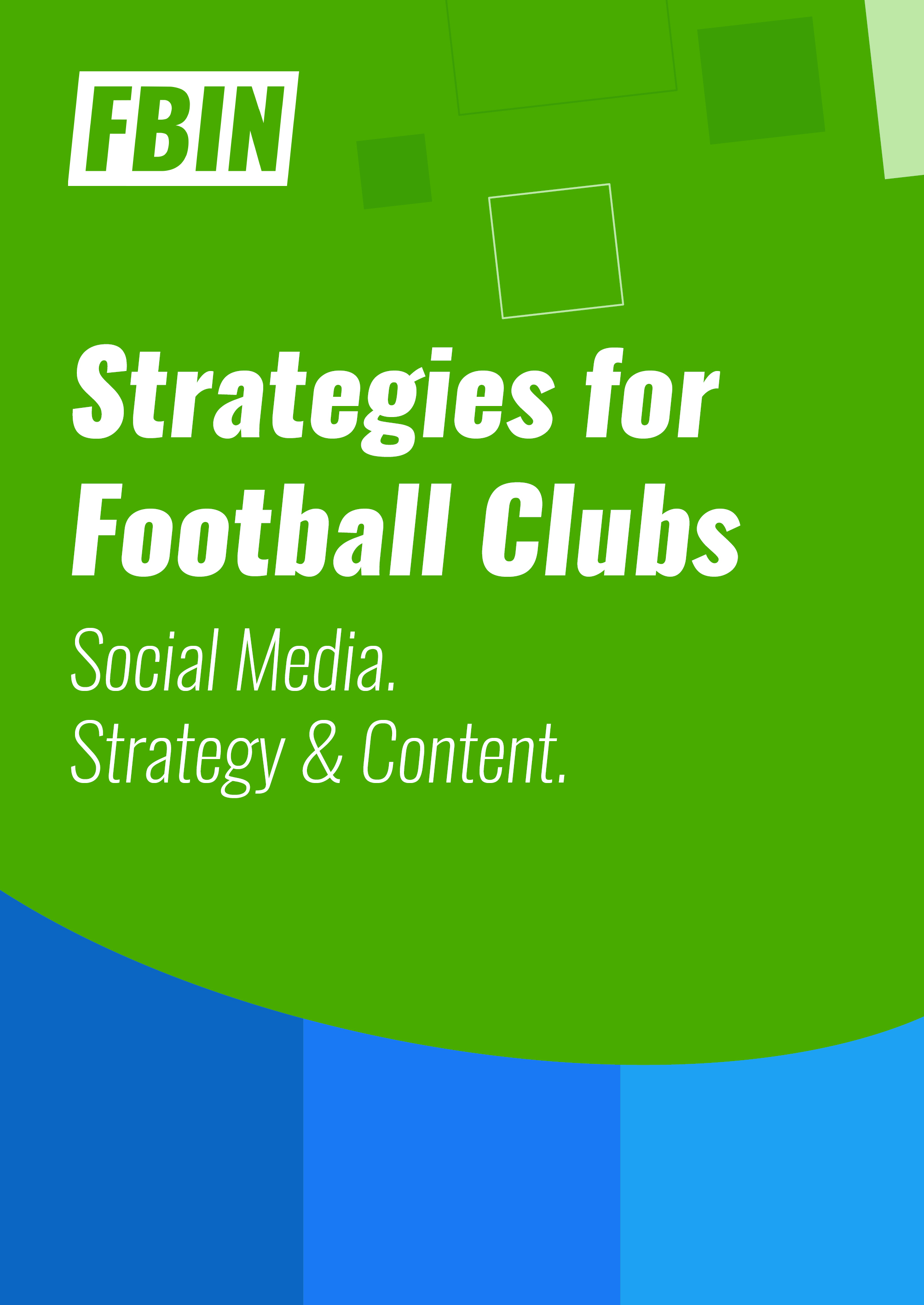You are working for several football clubs in Europe in merchandising. What exactly are you doing?
Hi Thomas, first of all thank you very much for having me here. Well, to be honest, the first thing I need to correct is that we work with the clubs. I know that’s a small phrase, but it perfectly describes our role in this process.
Fidu Brands GmbH combines our expertise from our daily work with our brands Lobster & Lemonade and 101 Supply. In this way, we provide the foundation for our brands, with which we create unique and individual brand experiences.
We are more of a partner than a usual supplier in the retail business. Our services range from project conception to the creation of designs for products or entire collections, to the production of the items, to sometimes added services just as photo shoots.
There are some new players in the market with new ideas and new ways how to think merchandising, like Fanatics. What is your approach?
Yes, Fanatics is a really big player in this market. We’re watching the market, of course, and see that Fanatics is anchoring itself more deeply in the German sports merchandising world through a fairly aggressive strategy.
However, we don’t see ourselves as such a player in terms of the strategy, but rather position ourselves as a creative partner who sets new impulses in sports retail. Our setup allows us to respond more flexibly to the requirements of our counterparts and also to give them a better understanding of our view of merchandising. We want to establish another style with young, fresh and fashionable designs and make merchandising a bit more contemporary. In this way we regularly manage to reveal unused potential.
When you work with a club, what are your tasks, what are you responsible for?
From the company’s point of view, our task is to provide concrete advise to the club regarding merchandising. Together with our contact person, we develop concepts for merchandising collections, which we then design and ultimately produce.
Personally, I am responsible for the brand 101 Supply within the company. With 101 Supply, we offer our partners the opportunity to integrate fashionable, young and fresh designs with a high degree of individualization into their own portfolio. In doing so, we can use our production network and, thanks to our very well-functioning partnerships, we have the opportunity to refine products and thus produce them in small runs. Through this setup we can serve almost all requests with 101 Supply and offer the possibility to bring an individual, contemporary and target group relevant textile merchandise into the own store. In addition, we also create a not to be despised added value for branding or positioning.
Which clubs did you recently work for and what projects did you create with them?
That’s hard to say… We usually work with a variety of clubs in parallel, as the projects are often in different stages. The bigger projects in the recent past were definitely Tsubasa’s collections with Eintracht Frankfurt and Hamburger SV, or the collection with Slavia Prague just before Christmas.
Clubs often struggle to make a profit with merchandising products – how is it possible to do so?
In my opinion, you have to take a differentiated view of this thesis. The fact is that merchandising is not a first level revenue stream to many clubs because, historically, other sources of income have generated far more profit – for example, media rights, sponsorship and ticketing. Here we are talking about sums in the seven-digit range. However, the current situation in particular may lead to a rethink, as merchandising continues to work relatively well without spectators being in the stadiums.
But in my opinion, however, there are many reasons why merchandising does not work so well at some clubs even though is quite important. Be it an encrusted infrastructure at some clubs, an outdated view of merchandising, a lack of background information on the own fan and target groups, the over-inclusion of own preferences, sometimes a lack of know-how or a strict lack of budget.
For me, it is essential that clubs understand what other opportunities merchandising offers – beyond the classic consideration of sales revenues. For me, merchandising is primarily an optimal opportunity to effectively position a club (or an organization) in the external perception and to sustainably anchor it in the consciousness. With a clear strategy, a good network, creative and capable sparring partners and a modern understanding of merchandising, I think great results can be achieved.
Is this also possible for smaller clubs? Or do you have to have a certain fanbase?
A certain fan base can’t hurt, but good merchandising can also be implemented at smaller clubs. There are already some amateur and grassroots sports clubs (in Germany) that offer merchandising for their active athletes or members. As a rule, these are essential products from the textile sector, such as shirts, hoodies or caps. Nevertheless, the clubs manage to generate added value for the members and athletes and, on the other hand, to represent the club to the outside world. So – yes, it is possible.
What are the key factors to be successful with merchandising?
Well, first of all people have to understand that merchandising is not primarily a sales channel, but rather an opportunity to develop the own brand, to position it and to represent it effectively on the streets and in the society. However, this also requires some courage and self-confidence to go new and innovative ways. Of course, the bigger the club, the broader the portfolio has to be, but basically you need a clear strategy to represent the club brand in merchandising and to align yourself accordingly.
Around Black Friday you did some very successful projects with smaller clubs based on an on-demand-production. How did that work and is this an approach we will see more often in the future?
Yes, in this special situation we thought of a special approach for 2020s Black Friday. In the run-up to this special sales day, we spoke to many clubs and asked what Black Friday means to them and what strategy they come up with on Black Friday. The feedback was quite predictable. For most clubs, Black Friday is purely a “sales day”. This means that the clubs reduce the product portfolio by „x“ percent in order to boost sales. Fair enough, but I felt that it may also send some negative signals to fans.
For example, a jersey that is sold for €90 at the beginning of the season, will be 50% off on Black Friday. Why should fans pay €90 when the same jersey can be bought for half the price at a later date? Especially in this particular situation, when fans can’t get into the stadium anyway, there are few valid arguments there.
So we offered a special product in black to match “BLACK FRIDAY”. It was meant to complement the existing offer and not become a competing offer. However, since most clubs do not want to or cannot take a commodity risk at the moment, we changed the strategic parameters a bit for this special project. While normally the number of pieces is used as a limiting factor, this time we limited the time. So coming from “limited amount, endless time” we changed the setup into “limited time, endless amount”.
In concrete terms, this means that the product was offered virtually for a certain period of time and the sale was then ended at a time that was communicated transparently beforehand. The number of products actually sold up to that point was then communicated to us and production was started based on these key figures. In this way, the risk for all involved was reduced to a minimum.
This project was a complete success for us. We only tried it with a small group of clubs because we wanted to test the system and the setup for resilience first. However, we sold more than 2,300 products within a week and see great potential.
I can well imagine that we will always include such a campaign in the annual planning with the clubs – but it is clear that it should not become a habit.
What are the latest trends in merchandising? And do you have some examples for it?
Merchandising trends are always influenced by current fashion trends. We see the topic of batik as particularly interesting for the summer (and the start of the season), even though it is still a niche product. Mouth-nose covers will continue to accompany us, although I don’t want to speak of a trend here, but rather of a necessary evil.
Are there any tips you have for football clubs?
I really have a hard time with that, because every club has its own set-up. I would be happy if more and more clubs would engage in constructive exchange instead of making one-dimensional decisions and, above all, listen to the young and innovative brands in the future. You don’t have to reinvent the wheel, but a fresh wind in the sails often brings the boat to its destination faster!


 Upgrade to Premium Now
Upgrade to Premium Now






